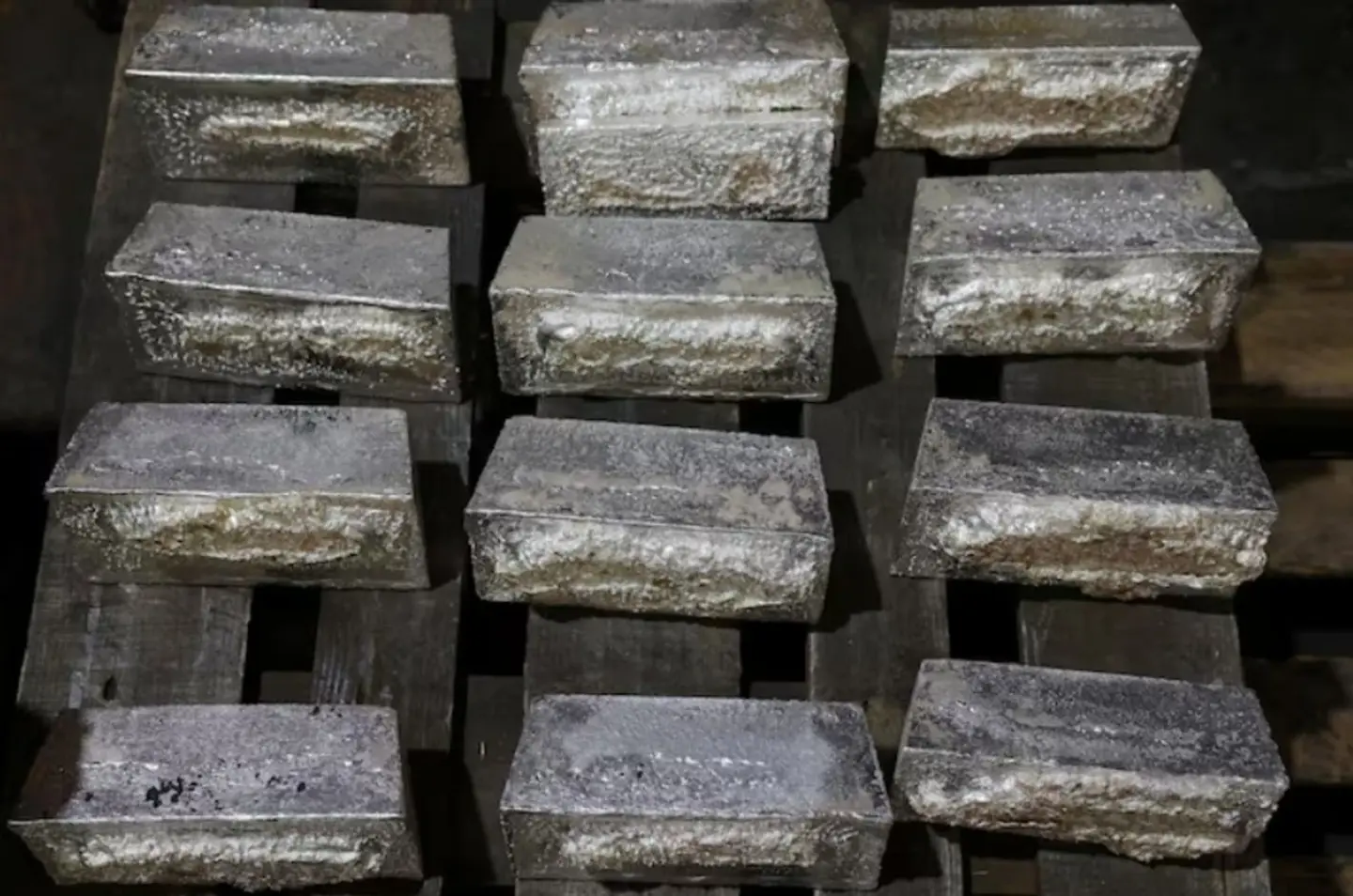An 8,000-year-old figurine discovered in a cave is shedding light on a pivotal moment in human history. Found in present-day Azerbaijan, this small sandstone sculpture—remarkable for its lack of facial features—is believed to be the oldest known piece of art in the region.
A Glimpse into the Mesolithic-Neolithic Transition
The Damjil Cave.
Photo: Sciencedirect
In a recent study published in Archaeological Research in Asia, a team of archaeologists from Japan and Azerbaijan analyzed the figurine using advanced technology to uncover details that trace the cultural evolution from the Mesolithic to the Neolithic era.
"This artifact captures a transitional period," the researchers note. "Its stylistic features are visibly distinct from Neolithic human representations in the area, offering valuable insight into the symbolic expressions of a society shifting from Mesolithic to Neolithic life in the South Caucasus."
SEM analysis of samples from Damjili and Tell Kosak Shamali.
Photo: Sciencedirect
The figurine was discovered in Damjili Cave, a site first explored by scientists in 1953. Layers within the cave show continuous habitation from the Middle Paleolithic through to the Neolithic period, with evidence of long-term settlement during the latter.
Stone Mesolithic figurine from the Damjili Cave.
Photo: Sciencedirect
From Discarded Stone to Cultural Treasure
Initially, the figurine—later designated "Unit 5.2"—was nearly discarded as a nondescript stone. Found embedded in sediment along the Kura River, the object appeared to be nothing more than a smooth, oval-shaped piece of sandstone. Fortunately, one keen-eyed researcher noticed faint carvings on its surface—markings that revealed it to be a deliberate and intricate work of art.
A microscopic examination confirmed that the lines were intentional carvings—the only human modification to the stone.
"The overall design strongly suggests a stylized human figure," the authors wrote.
X-ray fluorescence of the figurine.
Photo: Sciencedirect
Dating and Analytical Techniques
Radiocarbon dating places the figurine between 6400 and 6100 BCE, solidly within the Mesolithic period. To better understand its significance, researchers employed CT scanning, X-ray fluorescence (XRF), and scanning electron microscopy (SEM). These methods helped differentiate the piece from similar artifacts of the Neolithic era and assess its cultural context.
A Figurine Without a Face
X-ray fluorescence of the figurine.
Photo: Sciencedirect
One side of the sculpture features more detailed carvings, likely identifying it as the front of the figure. Measuring approximately 5.08 cm long, 1.25 cm wide, and 0.8 cm thick, the figurine demonstrates an impressive level of craftsmanship using only stone tools.
Vertical lines etched into the top may represent hair, while a clearly marked horizontal line across the "head" might depict a headband—or perhaps the edge of a hat—particularly since the top of the head is left unadorned.
Notably, the figure lacks any facial features, and it’s impossible to determine whether it was meant to represent a male or female form.
Microscope images of the figurine from the Damjili Cave at a 500 μm scale.
Photo: Sciencedirect
The lower half is more sparsely decorated, but includes three horizontal lines interpreted as a belt, and vertical lines that may depict a skirt or apron. The team also detected reddish areas rich in iron, suggesting that red pigment might have originally been used as part of the figurine’s design.
Computed tomography images show the varying intensity of the carvings on the figurine.
Photo: Sciencedirect
Fine Craftsmanship with Subtle Symbolism
Microscopic imaging revealed that the engravings were carefully crafted, though the depth and intensity of the incisions vary across the surface. This suggests both a skilled hand and possible shifts in the carving technique. The deepest cuts are located on the front of the head—highlighting the importance placed on this area by the creator, even though no facial details were included.
Mesolithic stone figurines from the Kaniza rock shelter, Gobustan (adapted from Rustanov, 1986).
Photo: Sciencedirect
“The incisions appear to have been executed with deliberate care, reflecting the artisan’s high skill level,” the study states. “The varying carving patterns point to a complex symbolic intention.”
A Unique and Rare Find
Selected petroglyphs of anthropomorphic figures from Gobustan (adapted from Farajova, 2011).
Photo: Sciencedirect
In addition to the figurine, archaeologists discovered remains of stone hearths, animal bones, and flaked stone tools, though sculpted stone objects such as this are exceedingly rare.
Neolithic clay objects/figurines from the Middle Kura Valley.
Photo: Sciencedirect
“Unit 5.2 is a remarkable discovery,” the team concludes. Its stylistic elements suggest a local artistic tradition, with potential influences from Southwest Asia. What makes it truly exceptional, however, is its uniqueness in the prehistoric record of the southern Caucasus.

















